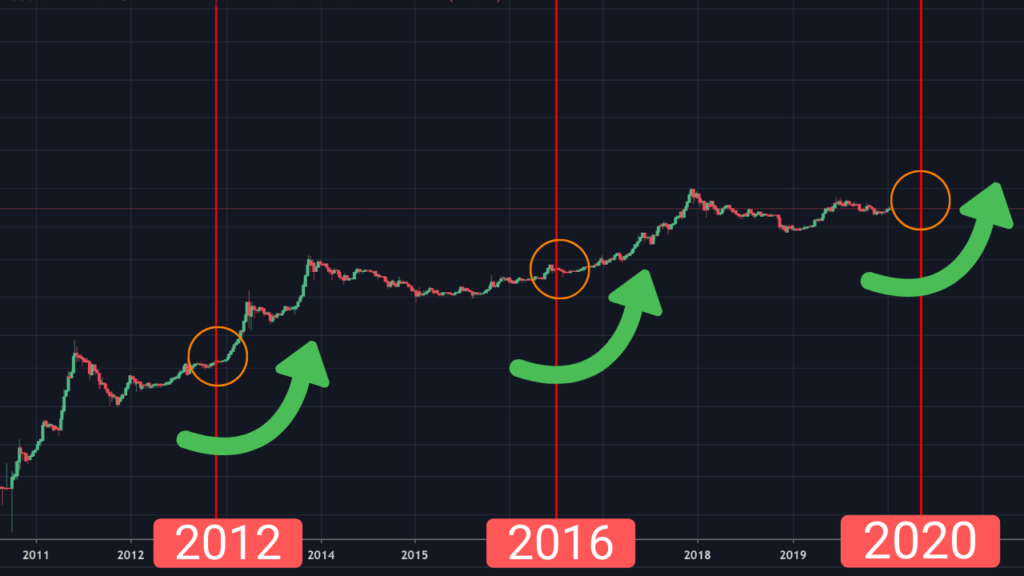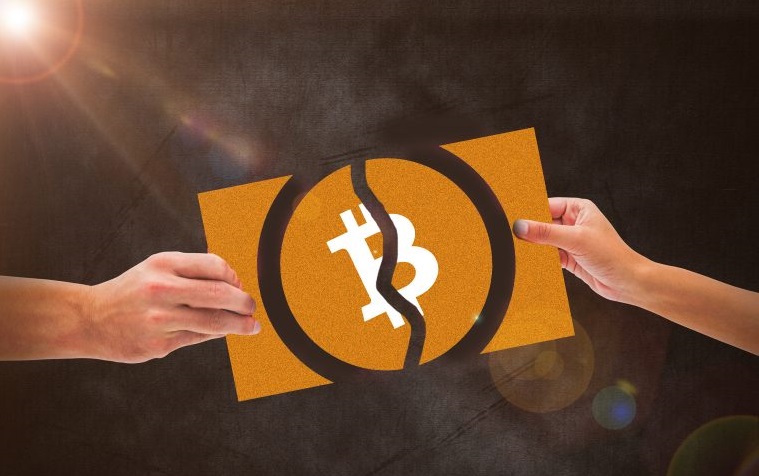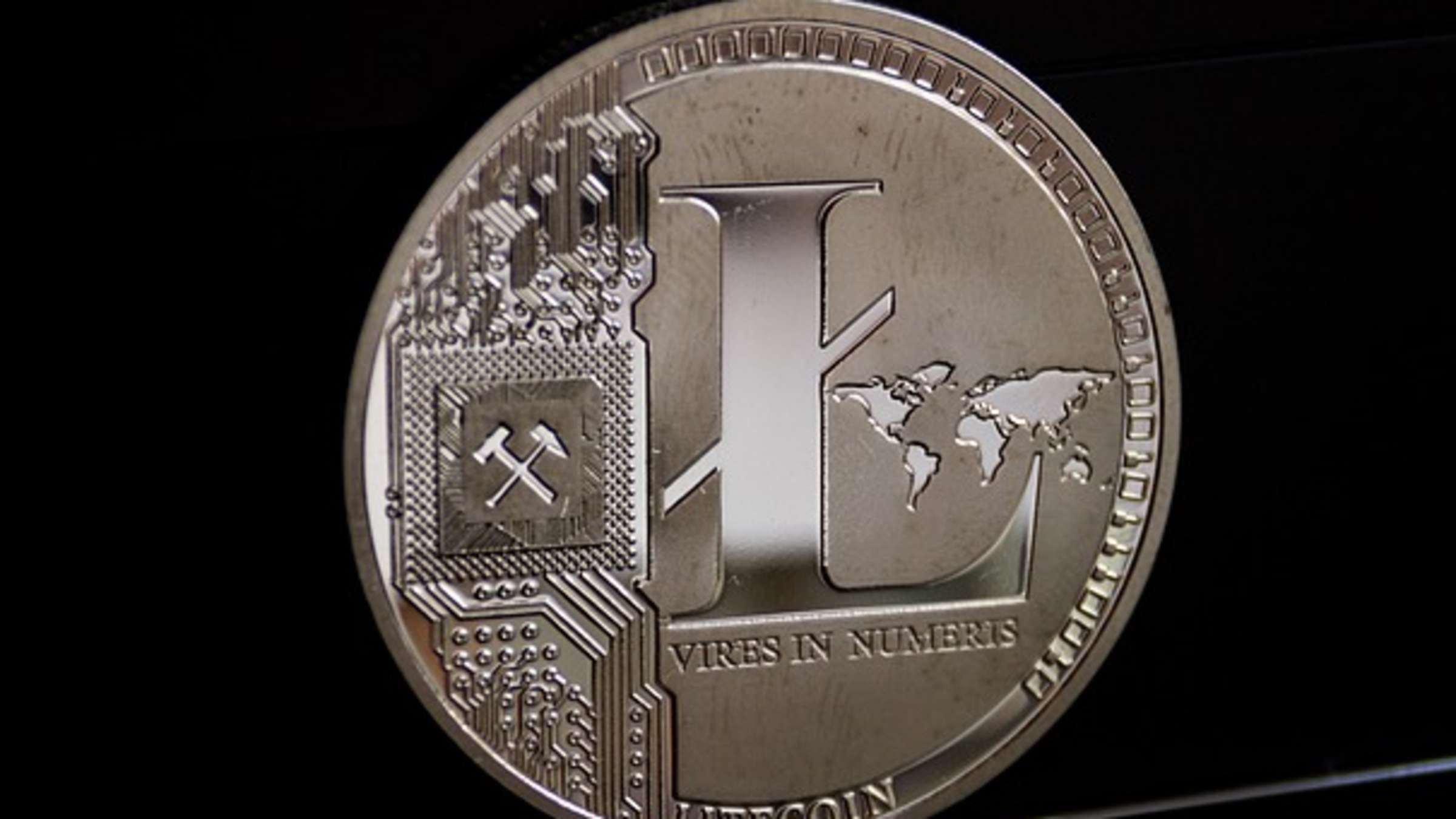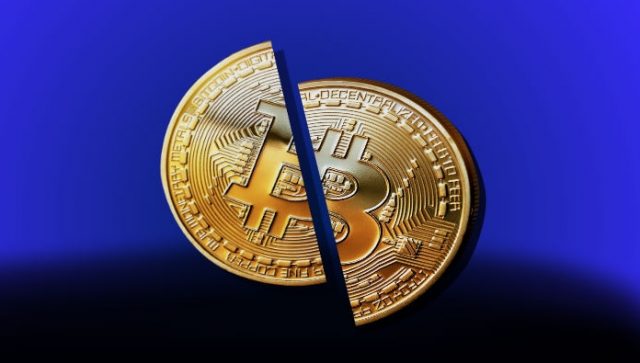Halving, It is a word derived from the English word “half”. In our article, we will share with you what this term means that those who are interested in cryptocurrencies are familiar with.
As you know, cryptocurrency mining is the basic building block of cryptocurrency markets. People who want to do cryptocurrency mining are integrated into the ecosystem of mining cryptocurrencies with the software they have installed, undertaking missions such as verifying transfer transactions, keeping records and ensuring the safety of the ecosystem.
Of course this is a Labor-demanding process and there are expenses such as system fees, electricity expenses. Here are the cryptocurrencies that can be mining, they have spawned the practice of mining so that the system can work, and they have encouraged people to serve the ecosystem.
To put it simply, you can use your computer or devices specially manufactured for mining (ASIC, etc.).) you are setting up and integrating it into the network of cryptocurrencies you want to mining. With the system you have installed, you keep records of the operations that take place on the network, solve problems for verification and ensure the security of the system. The system also rewards you for every transfer you verify and every block you create.
However, the reward for miners is cut in half at regular intervals. This is called halving.

Why Did Halving Come Forward?
We can say that there are two main reasons why the halving process is performed:
1- To ensure that those who started to do mining integrated into the system in the early period earn more than those who started to do mining later. In a sense, those who want to do Mining said, ” the sooner I start, the better.”to encourage action by pushing into thought.
2- When evaluated in the context of finite supply, delaying the production date of the last cryptocurrency to be produced to ensure that those engaged in mining remain more connected to the network and keep the system alive. If the rewards given in the first place are to be continued, all cryptocurrencies determined by finite supply fiction are generated much faster, and when there is no cryptocurrency left, the miners in the system can leave the blockchain network. In order to prevent this, the awards are reduced by certain periods and the process is extended by halving application.

What Is Bitcoin Halving?
Bitcoin is the first cryptocurrency and is one of the cryptocurrencies produced by mining. Miners are awarded bitcoin-denominated coins by the system per transaction they resolve for the desired Bitcoin transfer transactions. In this way, Bitcoin, which is planned to be produced at 21 million units, is produced and users who want to make transactions on the blockchain network are processed.
The Bitcoin mining operation was first started on October 31, 2008 by Satoshi Nakamoto, the founder of this cryptocurrency, under the name “Genesis Block”. Each block that was created later progressed through it.
When it was first produced, the award of the system to miners (miners) was realized as 50 BTC per block. Considering that such a reward system would be a problem with the increase in miners, the developer (s) set up the Halving system and arranged for the reward per block to be halved at regular intervals.
Halving was not implemented in the process from the time it was first produced until 2012. 50 BTC awards were awarded for each block produced until 2012. The first halving operation took place in 2012 and 25 BTC awards were given to miners from each block produced.
With Halving transactions falling once again in 2016, miner Awards declined to 12.5 BTC.
Although there was a perception that BTC would lose value after each halving process, this inference was not correct and BTC gained value instead of losing value.

What is Bitcoin Cash (BCH) Halving?
Bitcoin Cash is a cryptocurrency that originated as a result of the Bitcoin fork process that took place in 2017, as a result of a number of regulations made to correct slowdowns in the Bitcoin network.
Similar to Bitcoin, halving transactions that take place in this cryptocurrency, which are produced by mining, are called BitcoinCash Halving.
Miners receive a BCH reward for every block head they solve in the BCH blockhain network. Planning for the award per block, which is 12.5 BCH between 2016-2020, will halve every four years with halving operations to take place.

What is Litecoin (LTC) Halving?
Litecoin is the first altcoin to be launched by Charlie Lee in 2011. LTC, which originated with fork (bifurcation), which took place on the Bitcoin blockchain network, is the first cryptocurrency formed by bifurcation.
LTC, which has been introduced by regulations based on the slowdown of transactions in the Bitcoin network, is also one of the cryptocurrencies produced by mining. Accordingly, this altcoin, which halving application is put as a rule, will be produced in total 84 million units.
In 2011, the award per block was 50 LTC before halving was processed, while after halving process in 2015, the award per block was arranged as 25 LTC. After the half-term in 2019, 12.5 LTC is the amount awarded per solved block. In the later period, it was planned that the awards would be halved with 4-year periods.




